(June 30, 2023) “My family’s association with the Amul brand is intensely personal,” wrote Shashi Tharoor, Member of Parliament in one of his gripping articles. Elaborating on the association he shared, “Way back in 1961, Amul’s advertising agency, ASP (Advertising & Sales Promotion Ltd), was looking for a baby to front their milk powder in a first-of-its-kind ad campaign. They went through hundreds of pictures of babies – 712, to be exact – until ASP’s creative head, Sylvester da Cunha, asked my father, his friend and Secretary of the Advertising Club of Bombay: “you have a baby too, don’t you? Mind if you show me a picture?” Shashi Tharoor reminisced talking about how his sister Shobha Tharoor Srinivasan became a model when she was just 10-months-old.
Senior Tharoor shared Shobha’s picture with Sylvester da Cunha and the rest is history. “My sister Shobha became the first-ever Amul baby,” remarked the proud brother, who is known for his gift for words.
No less of a wordsmith herself, Shobha Tharoor Srinivasan is a celebrated children’s book author and has churned several books for top publishing houses in India and the US. She brought her mother into limelight when Penguin launched her first book outside her world of children’s literature – a biography on her mother, Lily Tharoor.
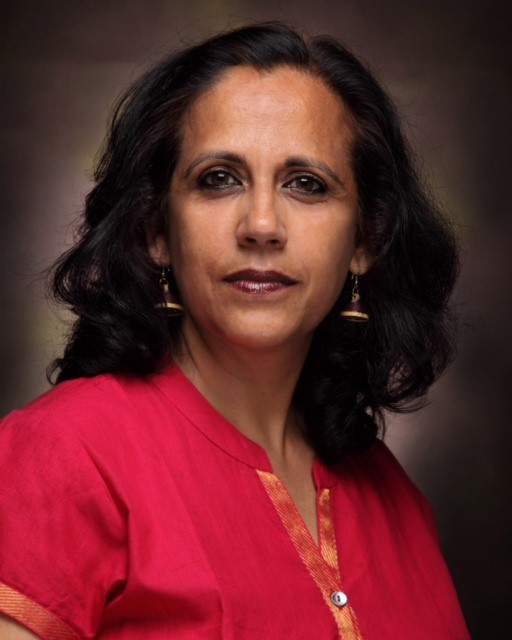
Shobha Tharoor Srinivasan
Good Innings: The Extraordinary, Ordinary Life of Lily Tharoor, has received rave reviews and garnered immense curiosity among readers to get a peek into the life of the Tharoors. “This story is definitely a tribute to my mother, but it’s not just that. It’s a tribute to all you women, your mothers, our mothers, our grandmothers, our sisters who hold up our part of the sky,” remarked Shobha at a literary event in Kolkata.
The California-based author is also a poet, translator, editor and has been a former non-profit development professional spending two decades as an advocate and fundraiser for persons with disabilities. A celebrated voice-over talent, she received the National Award for best narration / voice over for the film Rhapsody of Rains: Monsoons of Kerala at the 68th National Film Awards ceremony by President Droupadi Murmu in 2022.
Coming out of comfort zone
When Penguin approached Shobha Tharoor Srinivasan with a request to pen a biography on her mother, she was hesitant. Undoubtedly, her well-travelled mother has lived a remarkable life motivating her children (Shashi Tharoor, Shobha Tharoor Srinivasan and Smita Tharoor) to think out of the box and reach their maximum potential, but ‘would we like to put all that in a book’ she wondered.
The fiercely self-dependant octogenarian, Lily Tharoor is a strong matriarch who believes that ‘the only ground that is stable enough to stand on is the one created by your own hand’. She has had her own share of tragedies, travails and triumphs, but Shobha was unsure to document those.
However, Penguin was persistent. Looking at the journey of the feisty octogenarian who renewed her driving license at 82, and was forthcoming enough to support her son atop the election campaign vehicles, had raised an interest in them to chronicle her life. Finally, Shobha gave in to their request encouraged by her brother who later wrote the foreword of the book.
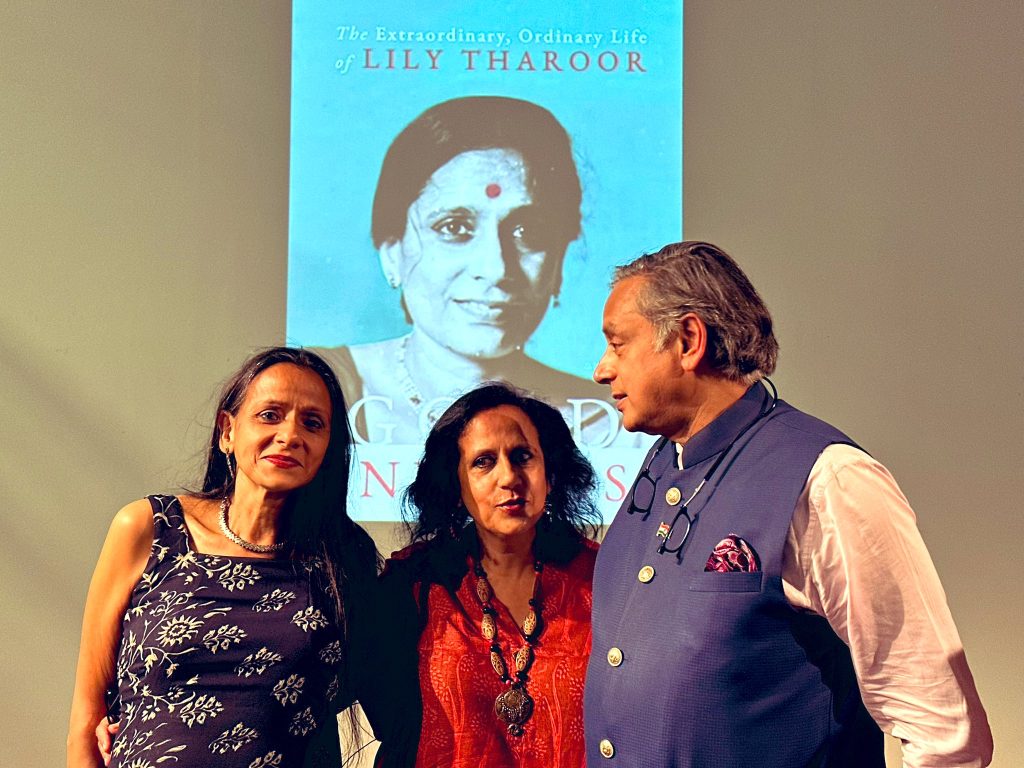
Shobha Tharoor Srinivasan with her siblings Smita Tharoor and Shashi Tharoor
“When I presented the book to my mother, she said, why you have written a book on me. What have I done that needs a book? You should’ve have written about your brother,” shared Shobha.
The author knew that there are many people who could write a book on Shashi Tharoor as he is a public figure but Lily Tharoor’s story could only be written by her children who have seen the marvels of the lady and her amazing everyday story unfolding before their eyes.
“My mother thought it was criminal not to live up to our full potential,” Shobha shared and used the book as an opportunity to inspire younger generation to ‘grow and act’.
Storyteller’s voice matters
“I have been a ‘storyteller’ and communicator all my adult life writes Shobha on her website. In both India and the United States, Shobha’s voice has been used in documentaries, advertisements, corporate training manuals, stage productions, travelogues, educational and journalistic projects, and audio books.
Before becoming a voice over talent, the Global Indian spent two decades in the non-profit sector serving people with disabilities as a grant writer. Even as a grant writer, she utilised the power of words and stories to attract funders to programs they wished to support.
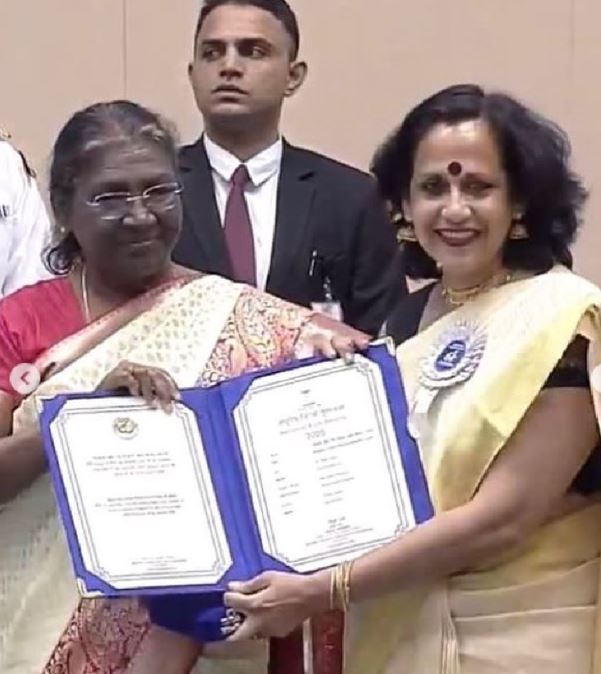
Shobha Tharoor Srinivasan receiving award from President Droupadi Murmu
“I take this same love of words to my writing and voice career,” she shared. As the voice over talent with a natural and elegant speaking style and a global accent, Shobha has been the perfect choice for Silicon Valley companies looking for a voice to showcase their products and for their training manuals. While her books are part of some of the school curricula.
Shobha has a home studio in Campbell, California from where she delivers many of her voice-over assignments for all types of media – from individuals to small businesses to large broadcasting organisations.
Miss Calcutta’s journey of life
Raised with the awareness of their Kerala heritage, Shobha spent the early years of her life in many places. “I was the responsible middle child with an overachieving older brother and a mischievous, younger sister so my childhood was full of learning and fun,” she said in one of the interviews. “We were diasporic Malayalees as my parents had lived from a young age away from their roots in Kerala, including abroad in London,” she remarked.
From a very young age, Shobha had developed an immense love for literature and acted in Shakespeare and Osborne plays during a pan-Indian childhood, without missing summer vacation in Kerala every year. “We were raised to be as comfortable eating with our fingers on a plantain leaf as we were dining at the table with appropriate cutlery,” she shared.
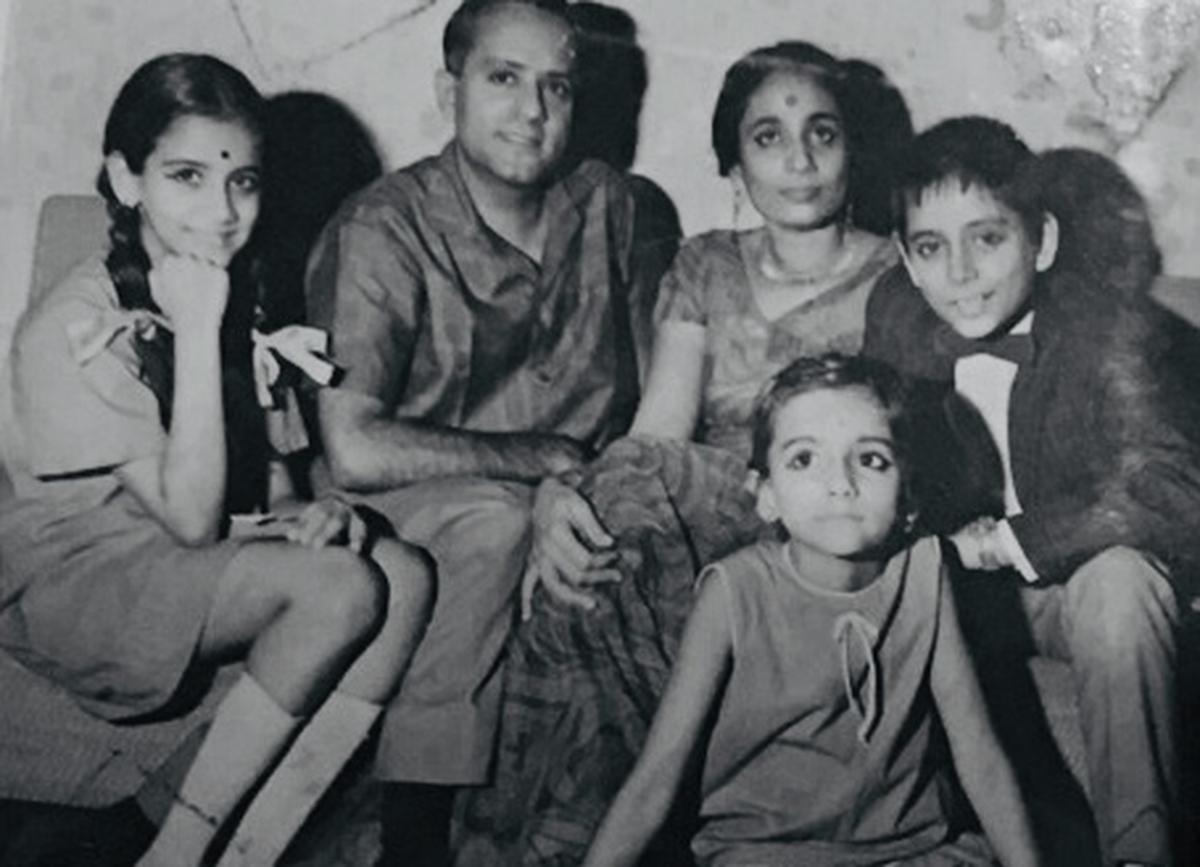
Shobha Tharoor Srinivasan with her parents and siblings when they were young
During her teenage years the family was living in Kolkata. Her mother always encouraged Shobha and her siblings to make every minute count by delving in not just academics but a wide array of activities – dramatic arts to tennis to French classes. When Miss Calcutta contest happened, she sent both her daughters – Shobha and Smita to participate with the intuitive wisdom that they would be able to fair well. And, she was right, While Shobha got crowned as Miss Calcutta, her younger sister ended up being the first runner up.
After leading a protected teenage life in Calcutta, Shobha moved to the US for higher studies. Starting from her bachelor’s studies there she went on to complete her master’s in English at Syracuse University. It was during those days that she met the guy who would be her husband, married him and settled in California. It has been four decades since then. Regular visits to India for work and family commitments continues. The multi-talented author and voiceover artist considers herself more of a ‘global citizen than an Indian or Indian-American’.
From the Archives:

Shobha Tharoor Srinivasan as the first Amul baby



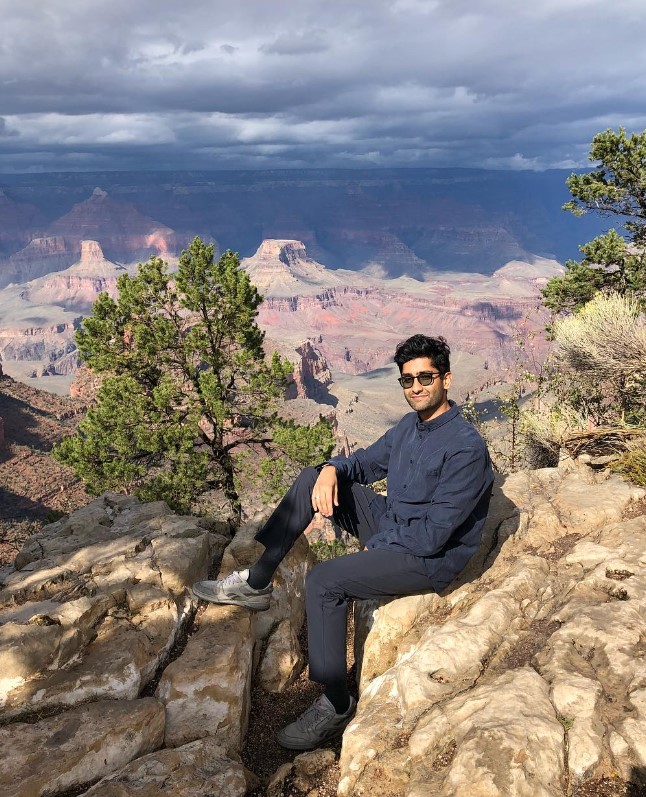 Sunny Bhathela[/caption]
Sunny Bhathela[/caption]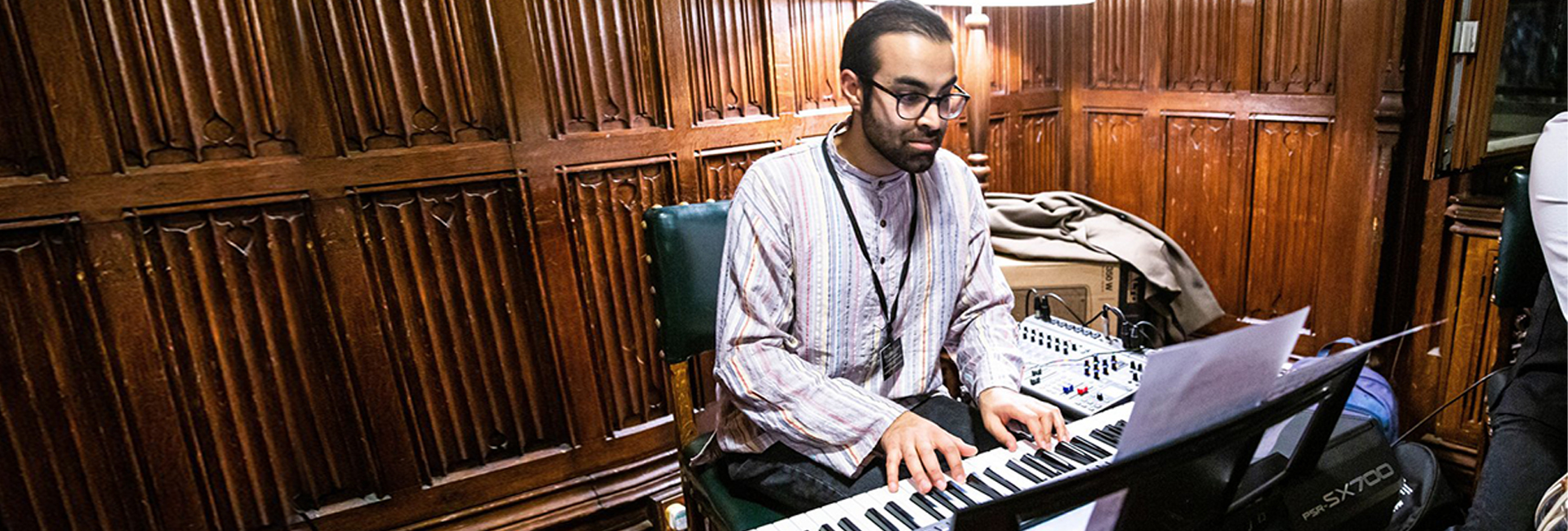
 Musician Kavi Pau[/caption]
Musician Kavi Pau[/caption]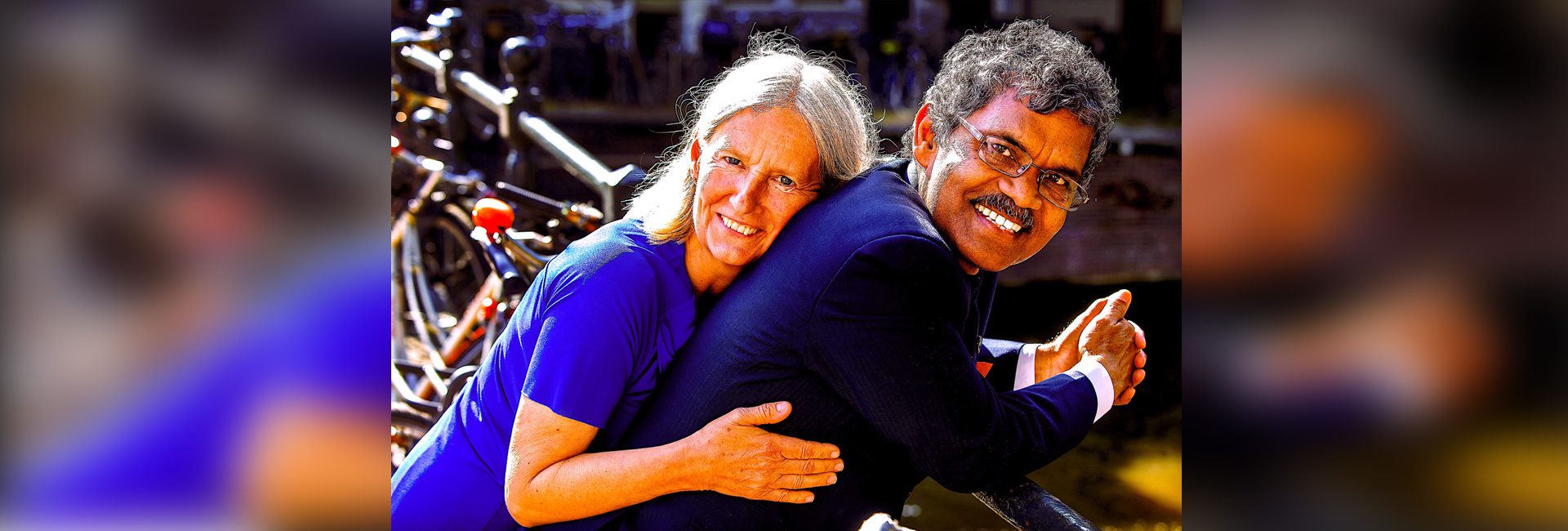
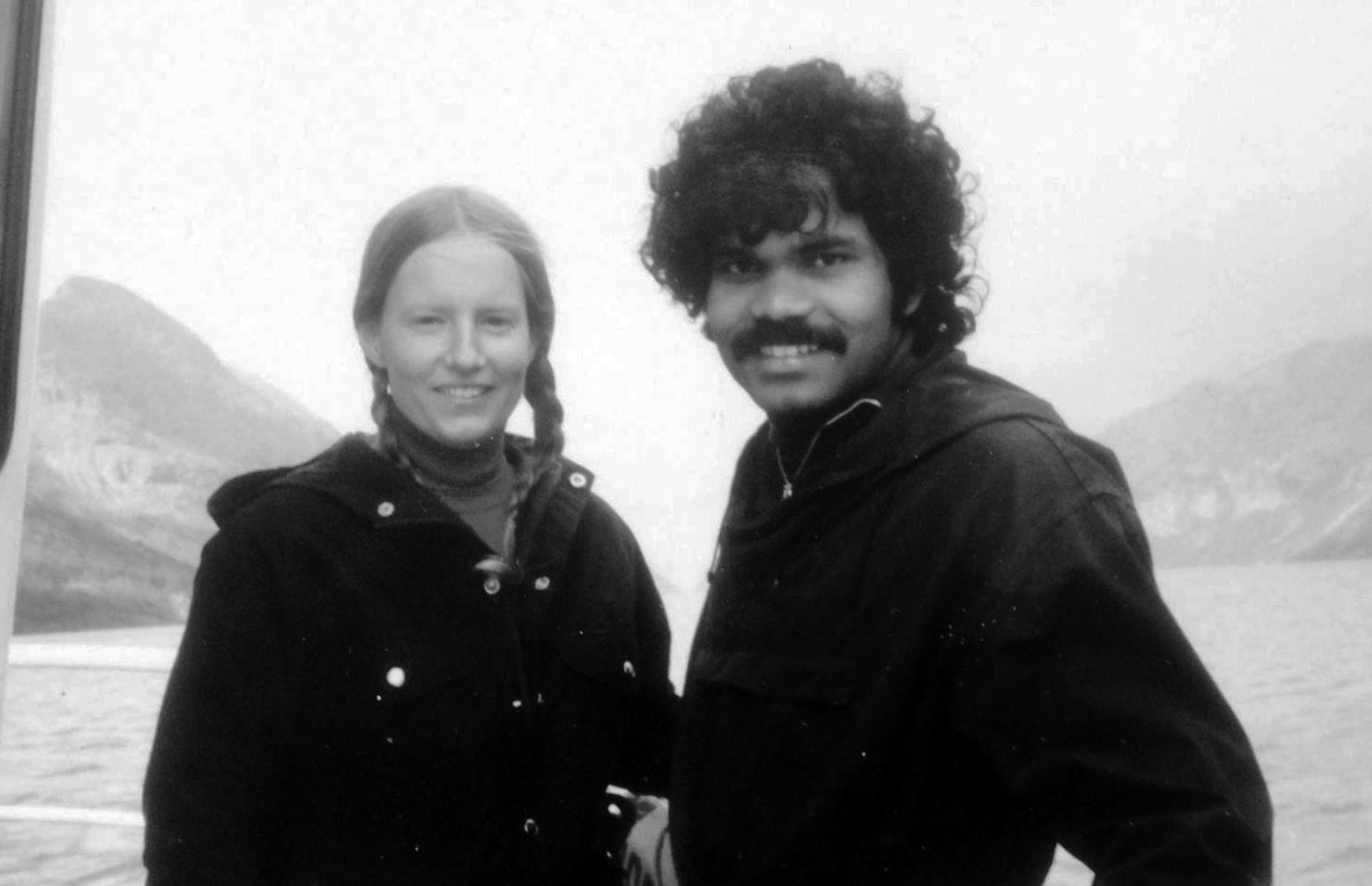 PK Mahanandia and Charlotte[/caption]
PK Mahanandia and Charlotte[/caption]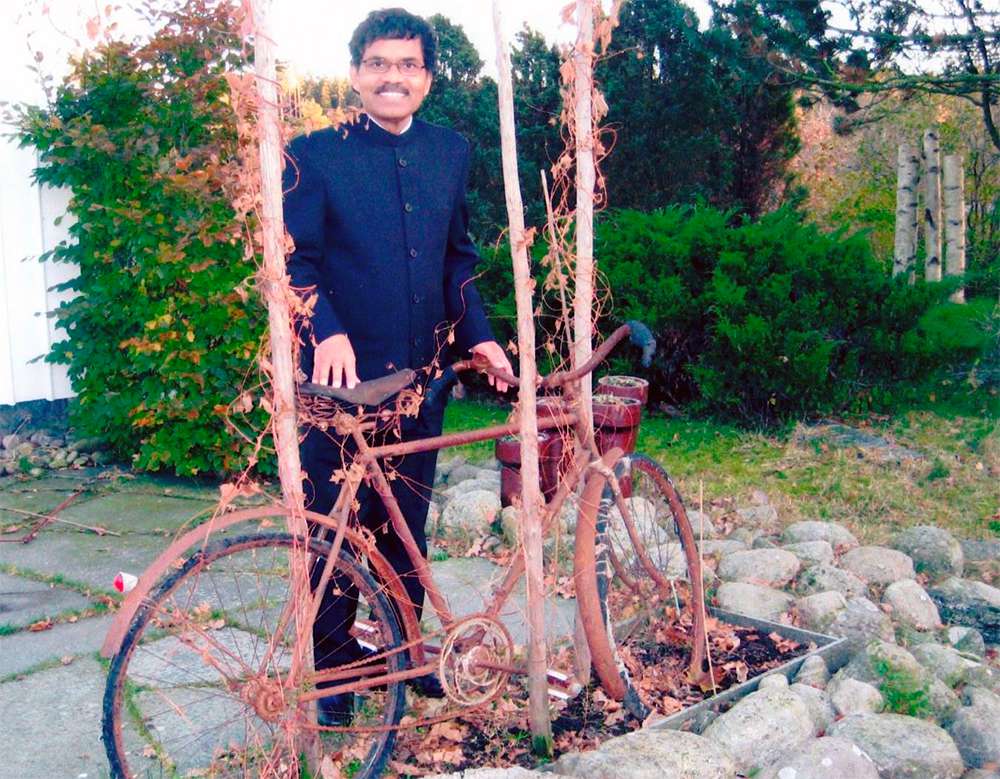 This cycle on which travelled from India to Europe[/caption]
This cycle on which travelled from India to Europe[/caption]
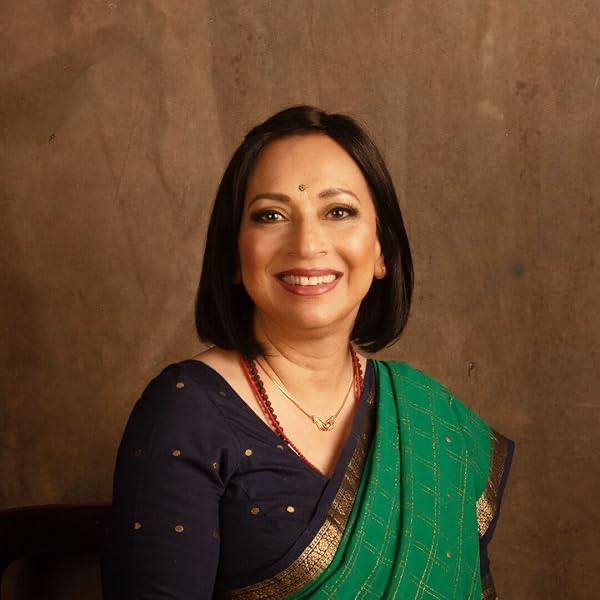 Priya Arora[/caption]
Priya Arora[/caption]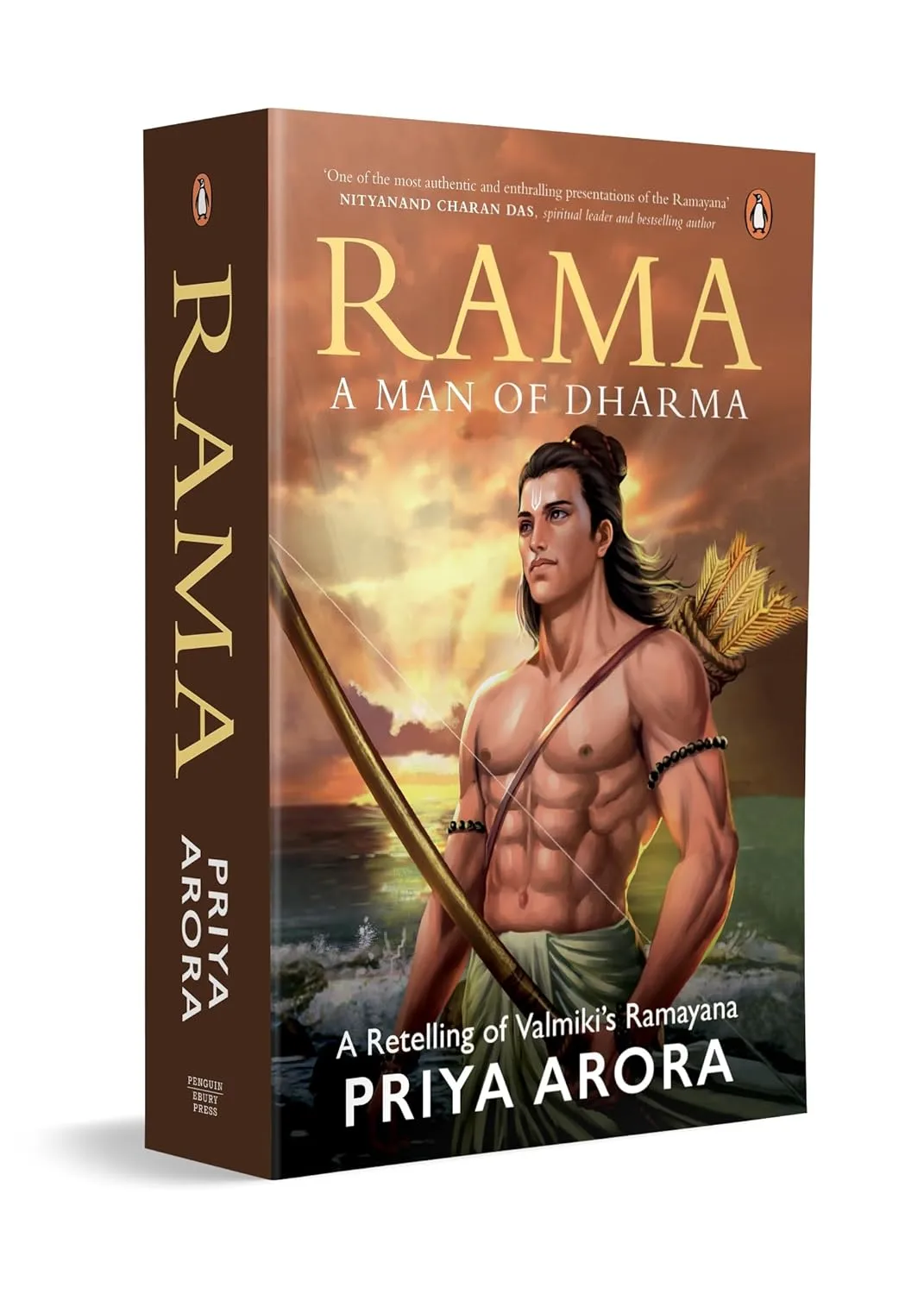 Rama: A Man of Dharma, is scheduled for international release in February 2025[/caption]
Rama: A Man of Dharma, is scheduled for international release in February 2025[/caption]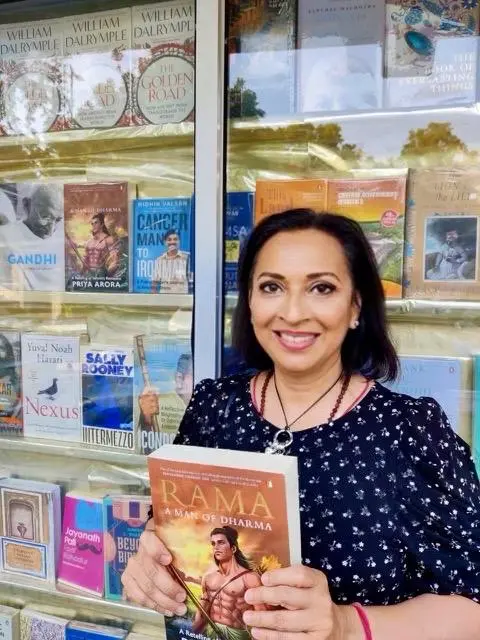
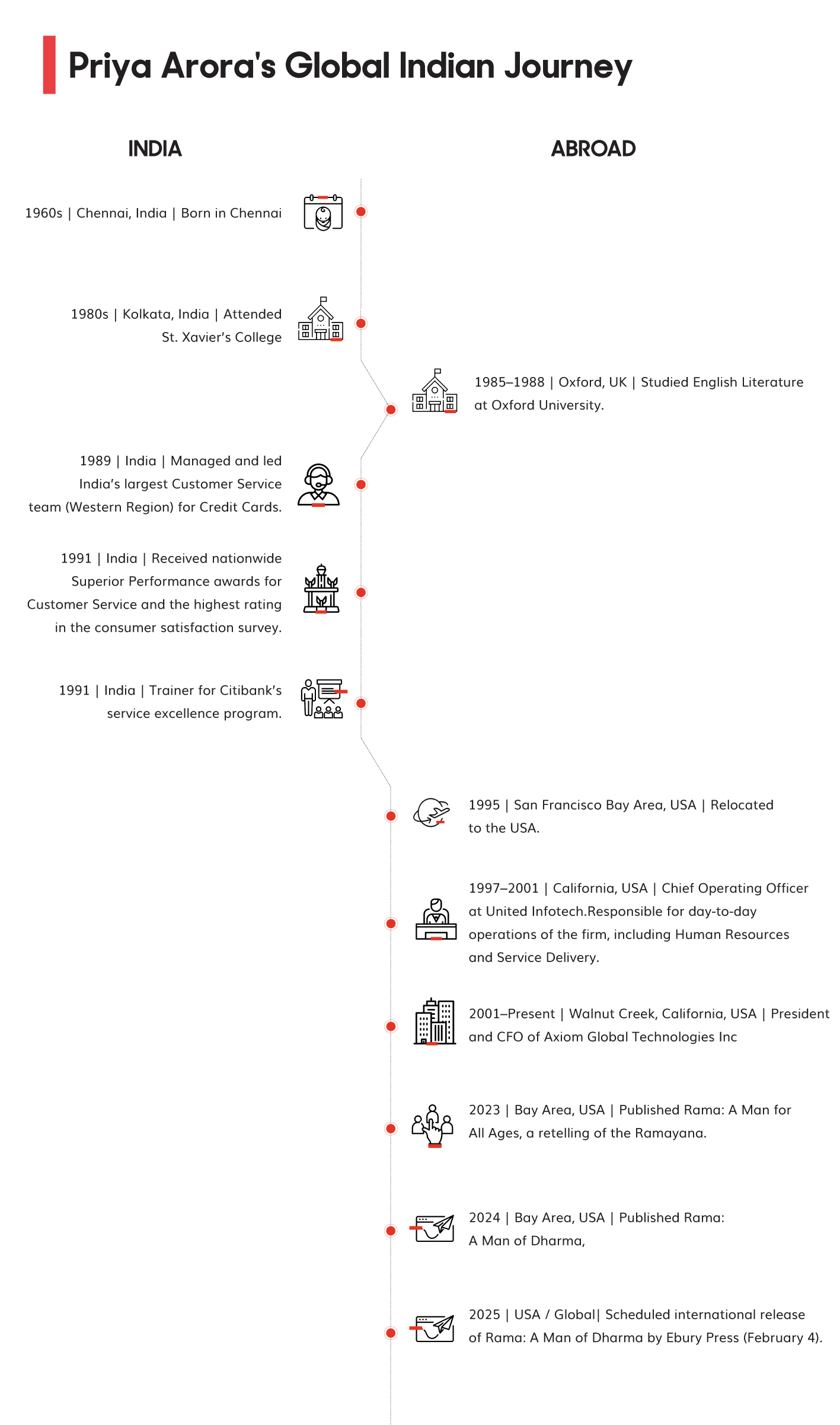

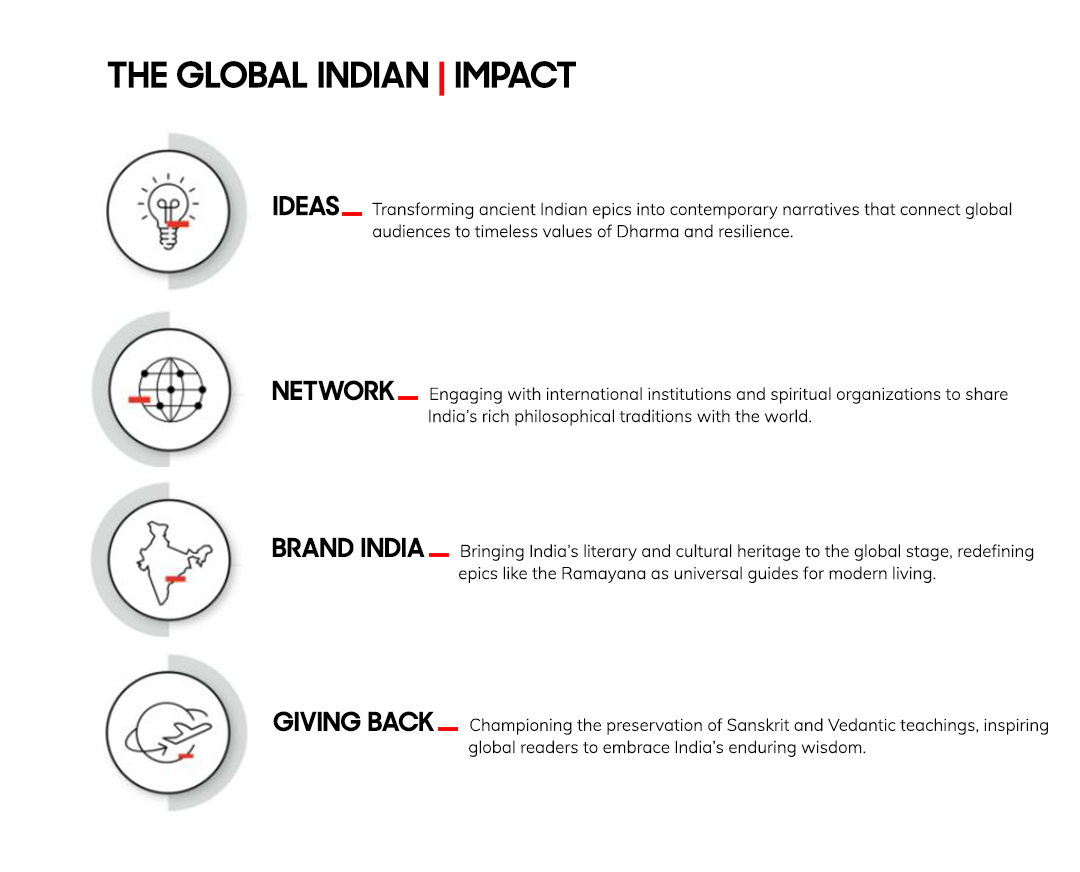

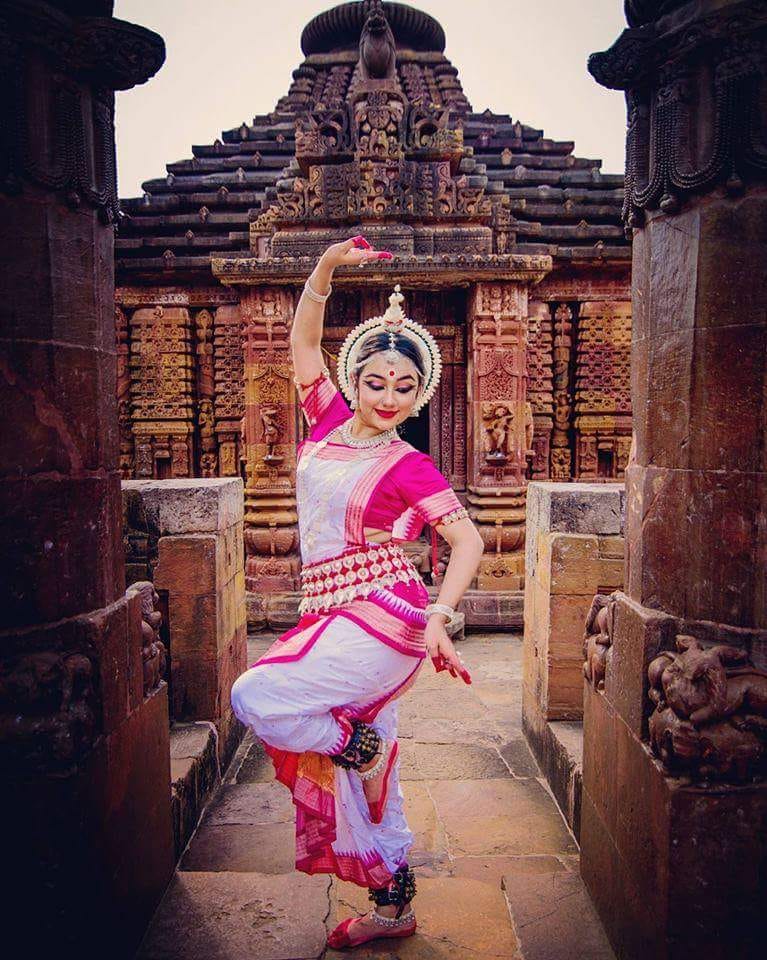 Vrinda Chadha[/caption]
Vrinda Chadha[/caption] Vrinda Chadha with her guru Padma Shri Ranjana Gauhar[/caption]
Vrinda Chadha with her guru Padma Shri Ranjana Gauhar[/caption] Vrinda Chadha[/caption]
Vrinda Chadha[/caption]